A heater hose is vital for providing warmth inside a car. Heater hoses connect to the heater core and radiator of the engine. Multiple heater hoses inside your car should work without damage. If a hose bursts, you will encounter issues while driving. In this post, we will discuss what causes a heater hose to burst.
A heater hose will burst if it is worn out. Heater hoses are subjected to high pressure, high temperatures, and engine overheating. If you notice a dry or cracked hose, you must replace it as soon as possible. Other causes of a burst hose include:
- The durability of the hose material
- Excessive ambient temperature and engine heat
- Oil leak
- Unclean coolant
- Vacuum issues due to a faulty radiator cap or runoff hose.
Heater hoses can last a long time, but you should inspect them regularly to prevent problems. You should know the signs of failing heater hoses for earlier detection. Read on to find out how heater hoses work and the available solutions to hose problems.
Why Does A Heater Hose Burst?
A heater hose is an integral part of the internal combustion engine, specifically for the engine's cooling system. The heater hose attaches to the heater core. Its function is to prevent the engine from overheating and maintain the optimal temperature inside the vehicle.
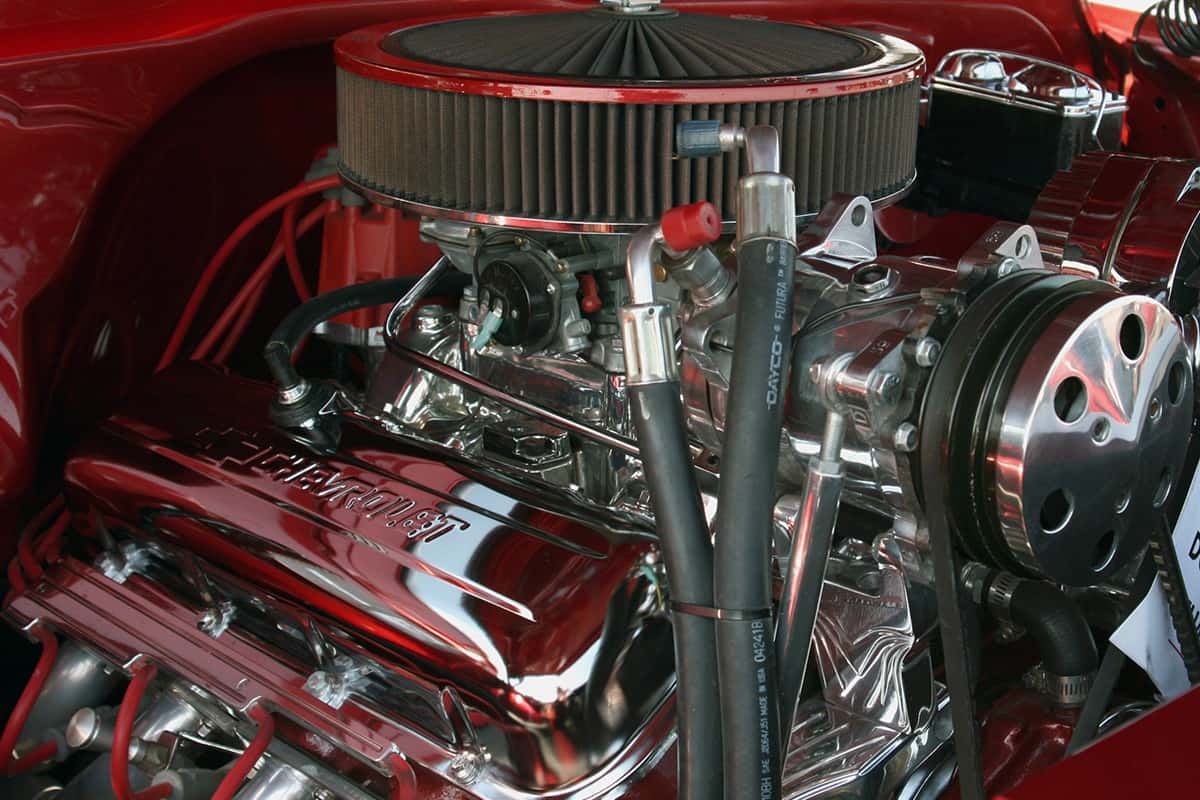
There are two heater hoses in the vehicle. One heater hose transfers hot coolant to the core, while the other transports a cooling coolant to the engine and radiator.
You can ensure that your car will warm up during the cold months if both hoses are in good condition.
The hoses can encounter issues over time. Read below to find out what causes heater hoses to burst.
Causes Of A Burst Heater Hose
You will compromise your safety if you drive with a burst heater hose. Listed below are the common causes of a burst heater hose.
- The durability of the hose material - Rubber is a common material that can withstand frequent vibrations and high pressures and temperatures of the engine. However, after some time, the material becomes brittle. There are also silicone heater hoses that are flexible and resistant to aging, coolant additives, cracking, and leaks.
- Excessive heat - if your engine and its surroundings overheat, the hose will dry out and harden. If it hardens, it will be brittle and crack. The heater hoses should work at optimal temperatures to prevent engine damage and decreased performance.
- Worn-out material - Even if the material of the hose is durable, it will wear out after years or miles of usage. The hose may burst if it exceeds its expected life in terms of mileage.
- Dry and cracked hose - If the hose is dry or cracked, you should immediately replace it. A cracked hose can burst after a few miles of driving.
- Oil leak - Oil is an enemy of rubber heater hoses. If the oil leaks into the hose, the rubber will break down.
- Unclean coolant - You must flush out the coolant every 30,000 miles. Clean coolant prevents damage to the hoses.
- Vacuum issues - Clogging of the connected hoses can cause vacuum issues. If that happens, the coolant cannot return to the tank when the engine cools. The fluid will remain in one part of the hose. In addition, the hose remains pressurized even if no fluids are flowing through it.
These symptoms are the signals that the heater hose might burst or has already burst. You should be aware of them, so you know what actions to take.
Signs And Symptoms Of A Burst Heater Hose
Detecting the onset of a burst heater hose can help you avoid engine damage. You should know if the heater hose is good or bad before you can do any repair or replacement.
A good heater hose is firm, pliable, and does not make cracking sounds when you gently squeeze it. If it is mushy, soft, or cracked, inspect it further. Physically check for bulges, cracks, and divots on the hoses.
You might not notice the signs unless you have a professional check the vehicle. You can inspect the hoses yourself if you don't want to spend on vehicle check-ups.
Below are other symptoms of a burst heater hose:
- The coolant level is low
- Coolant leaking
- No heat coming from the heater
- The smell of coolant when the hood is partially open
- Steam rising from beneath the hood
- Sudden overheating of the engine
If you notice these symptoms, act immediately to fix the heater hose.
What Happens When A Heater Hose Burts?
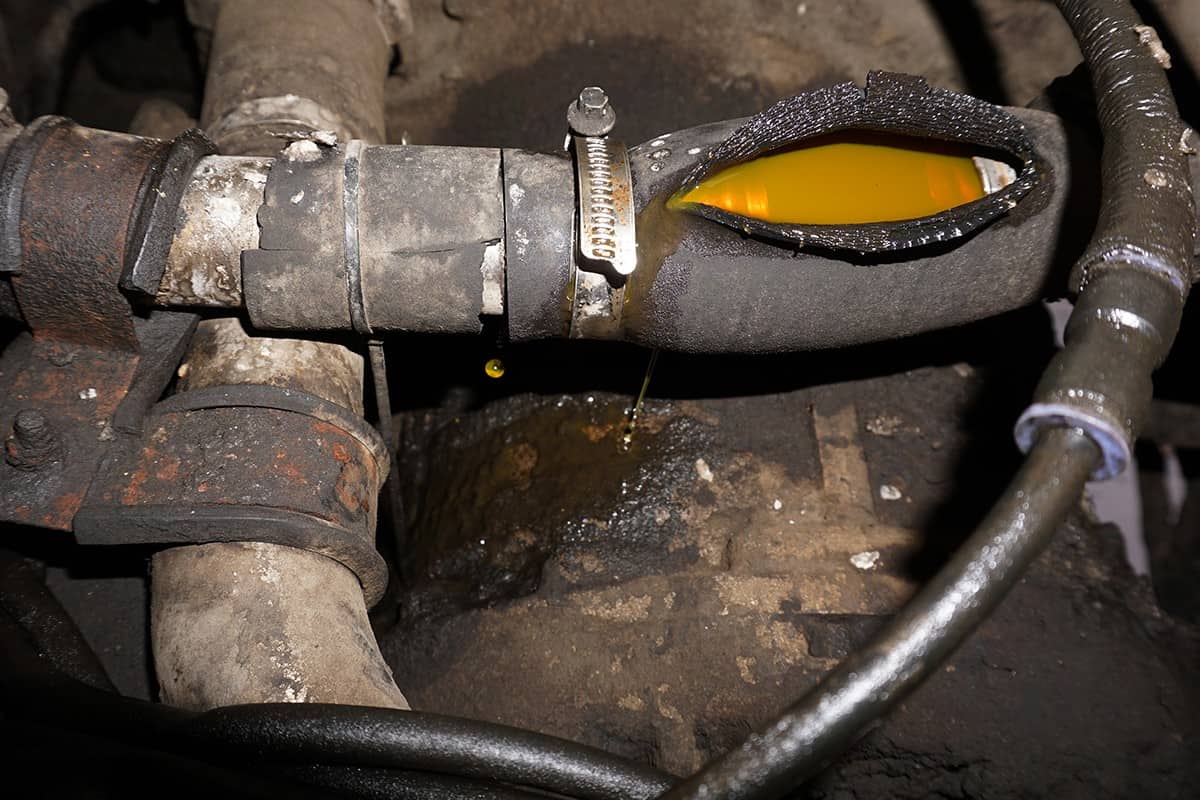
With a crack or a hole, the hose will leak the coolant. If there is coolant leaking, the car can overheat. You might see a puddle of coolant under the vehicle while it's parked. In that case, you cannot use the car. You'll need to address the problem before you drive.
You cannot use the vehicle if a heater hose bursts while driving. The coolant system will not work without the hose.
If you continue driving, you can cause more damage to the engine and related components. You will spend on major engine repairs if you only ignore the problem.
Can You Repair A Burst Heater Hose?
If you find out that the heater hose has burst, you can try to repair it. When repairing, be mindful of your safety.
Do not immediately touch the hose. Prepare the tools and materials you need. For convenience, you can buy a heater hose coupling kit with clamps. Purchase a compatible kit for your vehicle model.
Click here to get this heater hose kit on Amazon.
The steps are as follows:
- Let the engine cool down for at least 30 minutes. Open the hood to release the heat.
- Search the entire hose for cracked or blown sections. Check where there are leaks or wet areas.
- Remove one side of the damaged hose. Cut the blown part if the hole is in the middle. Cut the hose free from the clamp if it is near the end. Find a replacement if the damage is beyond fixing.
- Connect the hose to the clamp and fitting. Use the coupling and clamps to make a continuous hose if you discarded the middle portion.
Fixing the hose is a temporary solution. The hose may not be reliable even if you remove the cracked parts. The best solution is to replace the heater hose with a new one.
When To Replace Heater Hoses
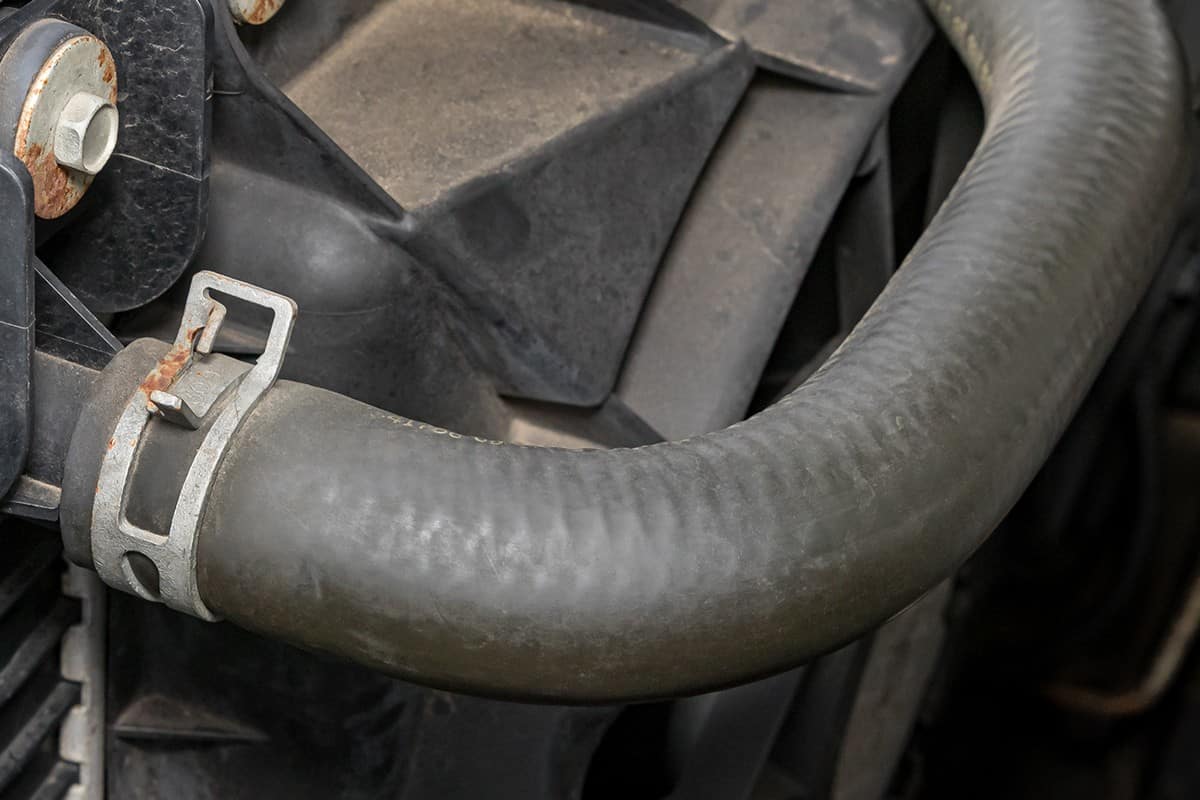
The heater hose has a useful life of four years or 50,000-75,000 miles, whichever comes first. Its life depends on how you care for your vehicle. Constant tension weakens the hoses over time.
You must not ignore replacing the heater hose. You will compromise the vehicle's performance because the coolant will leak, and the engine becomes hotter.
How Much Does It Cost To Replace A Car Heater Hose?
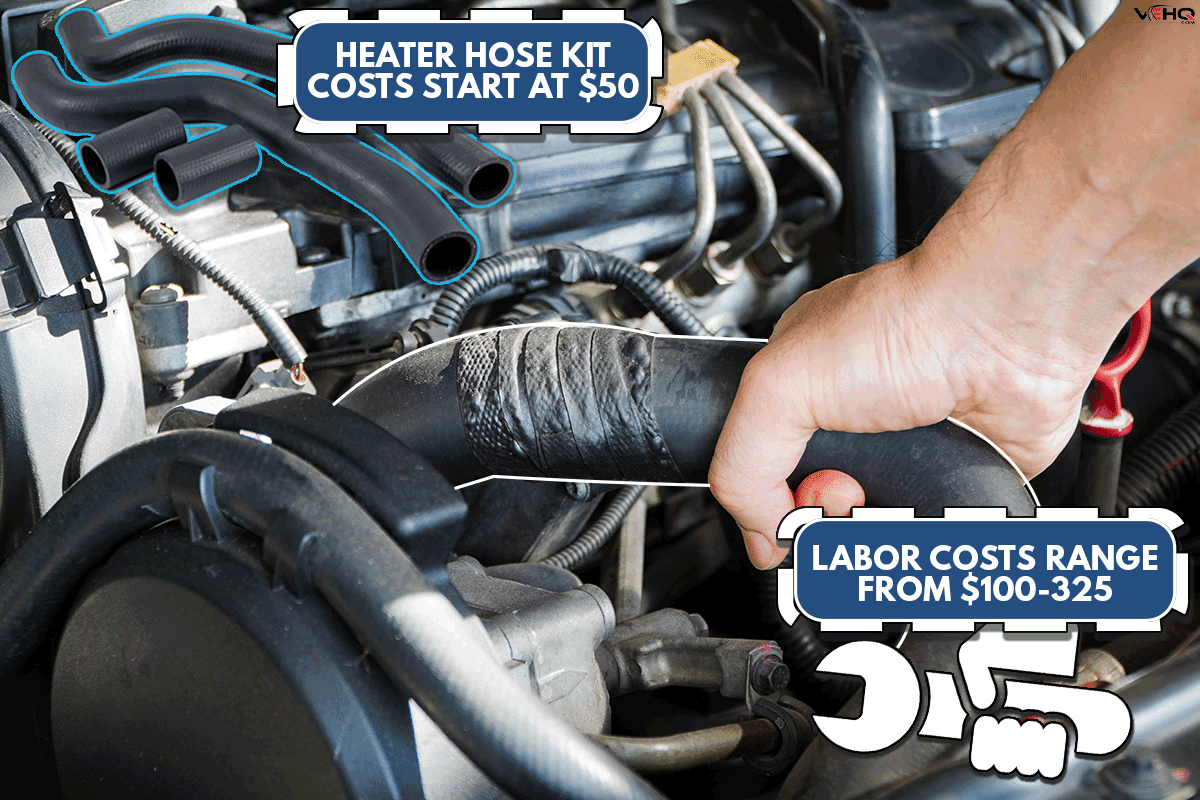
The cost of a heater hose kit starts at $50. The price depends on the inclusions and material of the heater hose.
Labor costs range from $100-325 and will vary depending on the service provider. You will not spend on labor if you install it yourself. You can hire a certified ASE mechanic or service center if you want quality service.
Heater Hose Maintenance
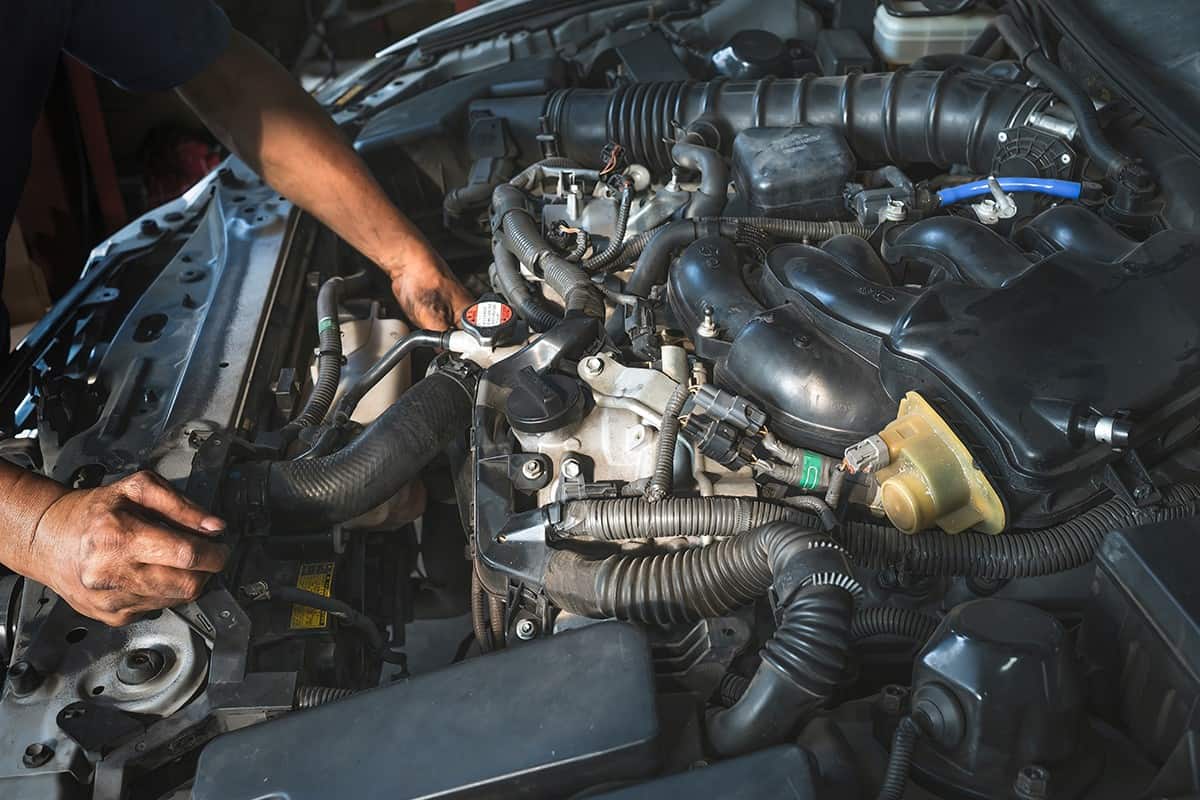
Even if the heater hose has a long life and you can replace it, you should also know how to care for it. Read some suggested tips below.
- Perform routine preventive maintenance checks
- Regularly drain and change the coolant
- Keep the engine from overheating
- Replace the heater hose if signs are evident, even if the damage is small
You should maintain the heater hoses to avoid spending money and worrying about your vehicle.
In Closing
There are several causes of a burst heater hose. The hose could be old, the engine might have overheated, the coolant could be unclean, or the hose material may not be durable.
You must know the signs and check the symptoms of heater hose damage. If you can detect the problems early on, you can save on repair costs.
Although you can repair a burst heater hose, the best remedy is to replace it as soon as the symptoms show. Your engine will perform better with reliable heater hoses.
If you found this article helpful, check out these related posts:

